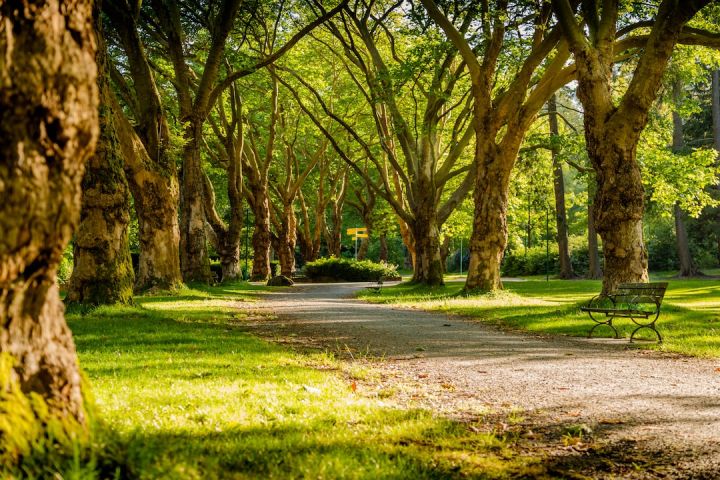Are There Any Bear-free Zones in Popular Parks?
When planning a visit to a popular national park, many people have concerns about encountering bears. These majestic creatures are a symbol of the wilderness, but they can also be a source of anxiety for some visitors. So, are there any bear-free zones in these parks? Let’s explore this question and find out.
Understanding Bear Behavior
Before we delve into the topic, it’s important to understand bear behavior. Bears are generally shy creatures and tend to avoid human interaction. However, they are also motivated by food and can become aggressive if they feel threatened or perceive a potential food source. Therefore, it is crucial to follow park guidelines and take proper precautions to minimize the risk of bear encounters.
Bear Safety Measures
National parks have implemented various safety measures to protect both visitors and bears. One common practice is the use of bear-resistant food storage containers. These containers are designed to keep bears from accessing human food, thus reducing the likelihood of attracting them to campsites or picnic areas. Additionally, park officials educate visitors about the importance of properly disposing of trash and not feeding wildlife, as these actions can habituate bears to human presence and increase the risk of negative encounters.
Bear Management Zones
While most national parks have bears, some parks have designated specific areas as “bear management zones.” These zones are carefully managed by park officials to minimize bear-human conflicts. In these areas, stricter regulations may be enforced, such as requiring visitors to carry bear spray or limiting camping opportunities. By implementing these measures, park authorities aim to create spaces where visitors can enjoy the park while minimizing the risk of bear encounters.
Yellowstone National Park
Yellowstone National Park is renowned for its wildlife, including its population of grizzly bears and black bears. While bear encounters can happen throughout the park, certain areas have a higher concentration of bears. The Lamar Valley, for example, is known as the “Serengeti of North America” due to its abundant wildlife, including bears. However, the park has implemented measures to ensure visitor safety, such as closing certain trails or areas temporarily if bear activity is high.
Glacier National Park
Glacier National Park, located in Montana, is another park known for its bear population. Here, visitors have a higher chance of encountering grizzly bears, as they are more common than black bears. The park provides information and education about bear safety, including the importance of hiking in groups, making noise, and carrying bear spray. However, it’s important to note that bear encounters can still occur throughout the park, even in designated bear management zones.
Yosemite National Park
Yosemite National Park, in California, is home to both black bears and the occasional sighting of a rare California grizzly bear. While bear encounters can happen in various parts of the park, certain areas are known for having a higher bear presence. For example, the Yosemite Valley is a popular area for visitors and also has a higher concentration of bears due to the availability of food sources. Park officials have implemented measures to minimize bear-human conflicts, such as installing bear-resistant food lockers and promoting proper food storage practices.
Conclusion
While national parks strive to minimize bear encounters and create safe environments for visitors, it is essential to remember that bears are wild animals and their behavior can be unpredictable. By understanding bear behavior, following park guidelines, and taking necessary precautions, visitors can enjoy their park experience while minimizing the risk of bear encounters. So, while there may not be any bear-free zones in popular parks, there are measures in place to ensure both visitor safety and the protection of these magnificent creatures.






